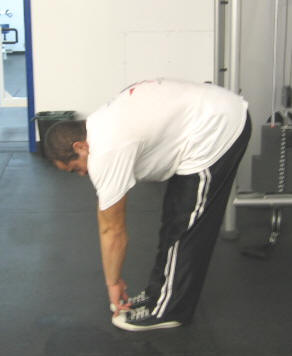You may be misunderstanding the meaning of "center of mass." It has nothing to do with whether you're horizontal or vertical, balanced or unbalanced, leaning against a wall or not. It's the weighted mean of the locations of all of the points in your body that have mass. That doesn't change based upon orientation to the earth, or the direction in which the force of gravity is acting, or anything else.
It is perfectly well possible to get your COM outside the body by statically angulating in street wear, whether standing or lying down.
The "compensation" is for the purpose of remaining in balance while angulated--quite a different subject. But--an important one, getting back to your original musing, because to remain in balance while standing, yes, we have to use muscular exertion, and as I said before I expect greater exertion will be needed while angulated than while not angulated.
It is perfectly well possible to get your COM outside the body by statically angulating in street wear, whether standing or lying down.
The "compensation" is for the purpose of remaining in balance while angulated--quite a different subject. But--an important one, getting back to your original musing, because to remain in balance while standing, yes, we have to use muscular exertion, and as I said before I expect greater exertion will be needed while angulated than while not angulated.



 ).
).